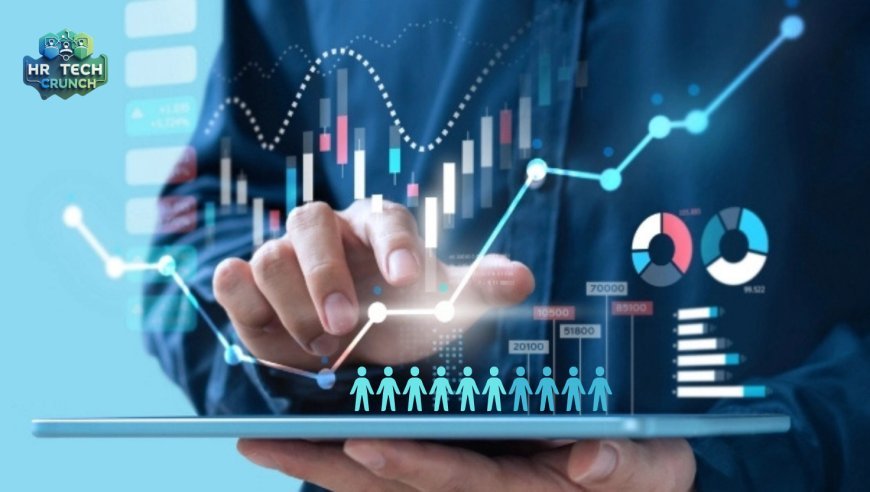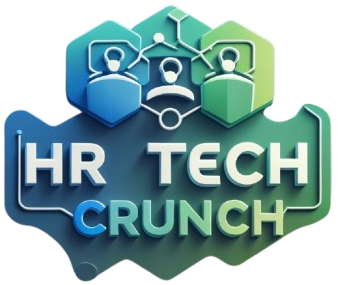HR Technology: Blending Efficiency with the Human Side of Work

HR Technology: Blending Efficiency with the Human Side of Work
In today’s dynamic workplaces, technology is no longer just an added convenience -it’s a necessity. For Human Resources, the shift toward digital tools and platforms has been nothing short of transformative. From streamlining everyday processes to helping make smarter decisions, HR technology has become the quiet engine that keeps the people side of business running smoothly. But beyond automation and data, the real power of HR tech lies in how it frees up time and energy for what truly matters: people.
Gone are the days when HR teams relied on endless paperwork, manual attendance sheets, and spreadsheets scattered across folders. With the rise of HR management systems (HRMS) and integrated platforms, tasks like payroll, benefits administration, leave tracking, and employee onboarding can be managed with just a few clicks. This not only reduces the chances of errors but also gives HR professionals the ability to respond quickly and accurately when employees need support.
More importantly, HR technology allows for smarter, more data-driven decision-making. It provides insights into employee performance, engagement trends, attrition risks, and more. With the right data at their fingertips, HR leaders can anticipate challenges, plan more effectively, and design policies that align with both business needs and employee expectations. It takes the guesswork out of people management and brings in clarity and confidence.
Yet, with all the automation and analytics, the heart of HR remains deeply human. And that’s where good technology really shines -not by replacing personal connections, but by supporting them. When repetitive tasks are automated, HR professionals are free to focus on deeper conversations, career development, and the overall employee experience. The technology does the heavy lifting in the background so that meaningful interactions can take center stage.
User-friendly HR platforms also empower employees themselves. Self-service portals allow them to apply for leaves, access payslips, update information, or enroll in training programs -all without needing to go through layers of approval or paperwork. This autonomy builds trust and reduces friction, making HR feel more approachable and efficient.
As workplaces become more distributed and hybrid in nature, technology also plays a crucial role in keeping people connected. From virtual onboarding tools to AI-driven chatbots that answer HR queries around the clock, these innovations help ensure that no one feels left out, no matter where they are working from. It’s a subtle yet significant way to maintain cohesion in a flexible world.
Of course, as HR technology continues to evolve, it’s important to strike the right balance. Data security, ethical AI use, and employee privacy must be carefully safeguarded. After all, the systems may be digital, but the lives they touch are real. Choosing the right tools -and using them with thoughtfulness -makes all the difference.
In the end, HR technology isn’t about replacing the human touch -it’s about enhancing it. When used wisely, it helps create workplaces that are not only more efficient but also more compassionate, responsive, and future-ready. And that’s what modern HR is all about.






















